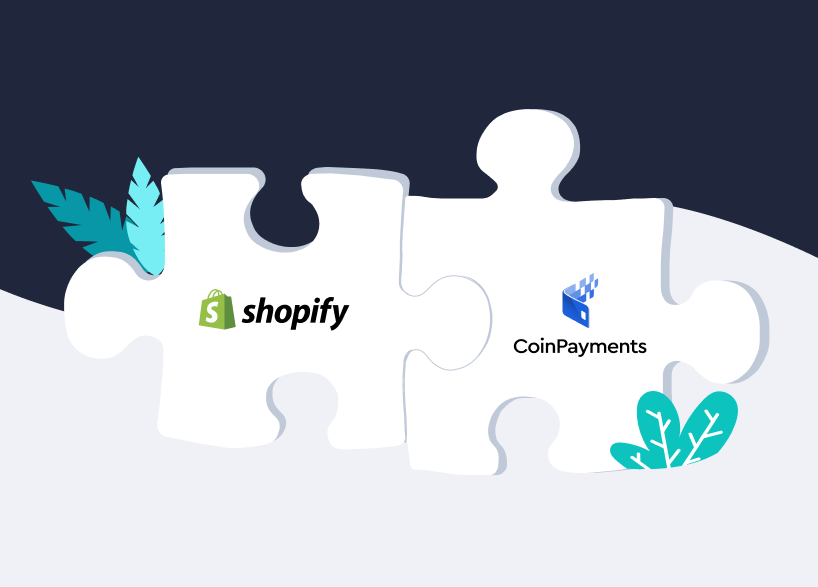Whether you are knowledgeable in the field of cryptocurrencies or not, odds are you’ve already heard of Bitcoin, maybe even about blockchain technology and altcoins, too. There has been so much talk about the three that staying oblivious to them is a true feat. However, many of those who are aware of Bitcoin, altcoins, and the blockchain don’t quite understand what they are or how they work.

In case you want to accept cryptocurrency payments, but lack the knowledge needed to start, or you just need a refresher to get you up to speed, here is a simple, easy-to-understand guide to Bitcoin, altcoins, and the blockchain.
Bitcoin
Bitcoin started off in 2009, developed by the anonymous person (or persons) under the alias Satoshi Nakamoto. Since then, people have seen its massive potential to radically alter the finance industry as we know it today.
Simply put, Bitcoin is a decentralized digital currency that serves to reduce any third party’s control over transfers. This means that there’s no need for a centralized authority like a bank or government body to give the go-ahead for a transfer to take place. Bitcoin is transferred via the peer-to-peer Bitcoin network without the need for a middle man to interfere.
As a result, digital transfers have become exponentially faster, cheaper and easier for those making them.
Paradigm shifting though it may be, Bitcoin does not come without its own kinks. Most of these stem from the fact that it runs on technology that’s already largely outdated.
One of its major issues is the fact that one of its processes, called mining, which is basically a record-keeping protocol, requires a lot of elbow grease for a computer to run properly. This makes Bitcoin a massive computational energy drain that’s a challenge to maintain.
Another problem Bitcoin struggles with is its value fluctuation. Bitcoin’s worth can vary by a very large margin in a set period of time. It has been seen shifting in value by thousands of US dollars within a single year. Values that disparate make it difficult to make purchases and investments reliably.
Overall, Bitcoin is a force to be reckoned with in the financial industry. Even with its flaws, Bitcoin has begun making changes few expected, the end results of which even fewer are able to predict.
Blockchain
The blockchain has been the talk of the town lately, with people making all sorts of wild predictions about it changing the world from the top of its head to the tips of its toes. A lot of folks might be confused about what it is exactly, so here’s a brief clarification.
There is a bit of a misunderstanding when it comes to Bitcoin and the blockchain. People often interchange the two, taking them to be one and the same. And although there are certainly similarities between them, and they may even have once been synonymous, they are now two very distinct things.
Bitcoin and the blockchain were at one time the same thing, since Bitcoin was initially a version of blockchain technology in practice. But the blockchain has evolved to fit many more niches than just cryptocurrencies. It can be applied to almost everything you can think of, all the way from shopping to government affairs.
This and its key traits, which will be discussed below, give it the potential to be a revolutionary piece of technology.
The blockchain is a ledger that stores data regarding all the transactions made on it in data caches called “blocks.” So while Bitcoin is a currency, the blockchain functions more as medium on which transactions with something like Bitcoin can take place.
Transactions done on the blockchain require no third-party authority to be completed This means no overseeing entity like a bank needs to be involved in order for an exchange to happen.
Data about activity on the blockchain is stored in blocks, where it becomes public. Having the data out there for the world to see and scrutinize ensures mistakes and foul play are far more likely to be spotted.
Finally, the information saved on the blockchain is kept across a network of blocks rather than at one single location. Such storage renders the blockchain exceedingly difficult to breach for would-be hackers.
With this information, it becomes much clearer why blockchain technology is touted as a game changer. Its implementation could fix a lot of the problems we face today, such as over-reliance on institutions, excessive red tape, and corruption.
Altcoin
Since Bitcoin is such a major player on the crypto scene, it manages to cast quite a shadow over other cryptocurrencies. That’s fairly impressive, since currently there are well over fifteen hundred cryptocurrencies in use. And Bitcoin being so massive, necessitated the coining of the term “altcoin.”
Altcoin simply refers to cryptocurrencies other than Bitcoin.
This is clearly a very broad term, as it encompasses a vast array of different cryptos, with unique characteristics and purposes. However, one should be familiar with at least some of its most influential members. To that end, here is info on a few of them.
Some of the most popular altcoins at the moment are Ethereum, Dogecoin, and Litecoin.
Ethereum is currently the runner-up to Bitcoin in the market. Ethereum serves as a decentralized digital platform, programming language, and currency. The thing that makes Ethereum so special and promising is that it has the capacity to monetize and trade pretty much anything.
Dogecoin is similar in many aspects to Litecoin, which was in turn inspired by Bitcoin. Some key differences do stand out, though. For example, Dogecoin is an inflationary currency. In essence, this means there’s no limit to how many Dogecoins can exist. This is actually not common among cryptocurrencies, so it may be what helps Dogecoin be a cut above the rest.
Litecoin, designed in 2011, was designed as an attempt to improve the aspects of Bitcoin that people found lacking. It is also decentralized, open source, and peer-to-peer, so it works much like Bitcoin. The differences, however, lie in its performance—its block generation rate is significantly higher, for example. It’s quickly gaining a lot of support, so one should keep an eye on how it develops in the future.
With the help of the guide originally published at Bitcoinfy, we tried to help our readers gain a better understanding of Bitcoin, altcoins, and blockchain technology. These will likely become the bedrock of most (if not all) businesses and institutions, so being in the know about them gives people—be they experienced business owners, aspiring entrepreneurs, or just someone on the lookout for wise investments—a cutting edge over the rest.



